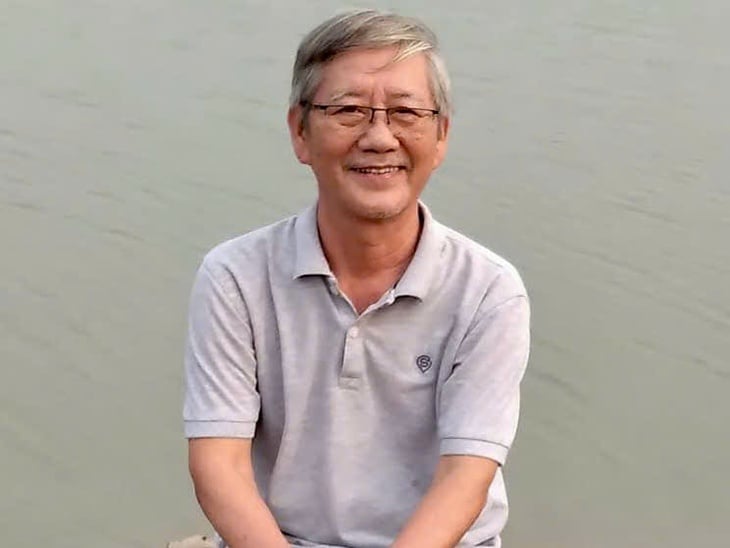
Author Tu Nguyen Thach - Photo: HO LAM
Author Tu Nguyen Thach released the fictional novel "The Lute in the Wind " (published by the Writers' Association Publishing House) on the occasion of the 50th anniversary of the Liberation of the South and national reunification.
He shared that "The Lute in the Wind" should be read with the mindset of nurturing love, erasing hatred, moving towards harmony and reconciliation, first of all from the small family.
Reunion Day with Smiles and Tears
Author Tu Nguyen Thach started writing The Wind Instrument in 2022. At that time, he wrote two chapters and then stopped because he thought that the topic of war was associated with a historical period of the country and therefore required high honesty.
"With limited knowledge and understanding, I wondered if what I wrote was completely correct. So I stopped writing," Mr. Thach recalled.
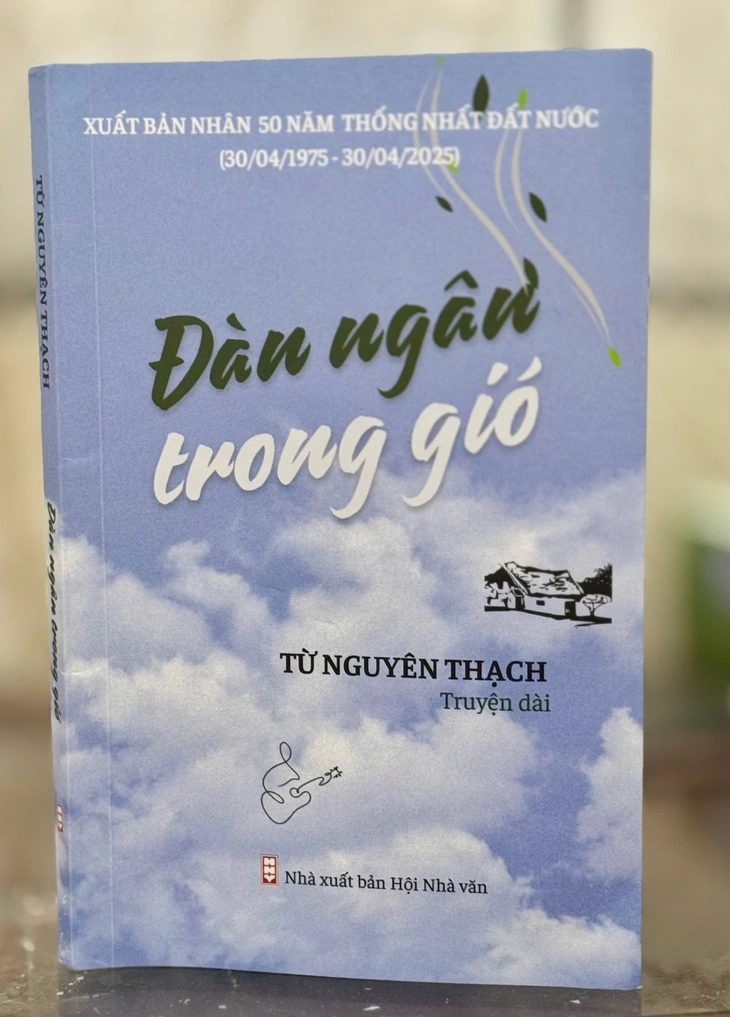
Book: The Wind in the Lute - Photo: HO LAM
By the end of 2023, he happened to re-read the manuscript, his inspiration to write continued, and this time he told himself to just write honestly with his heart.
Mr. Thach said a literary critic encouraged him that there are not a few books written about the subject of war today.
But most of the writers directly or indirectly participated in the resistance war to liberate the country, expressing the perspective of the "revolutionary side".
And lacking the pen of ordinary people, expressing the war through their eyes.
"With The Lute in the Wind , I write from the perspective of a resident in the so-called "temporarily occupied" area.
I did not directly participate in the storm of history, but in my family and clan, there were people participating, both on this side and the other side," Mr. Thach explained.
The day the war ended, Mr. Thach's relatives from both sides returned and sat together. The first thing he saw was that neither side had won: "The day of reunion had smiles and tears. Smiles for those returning and tears for those leaving forever...".
From the perspective of a relative and a citizen, the author said he tried to write as honestly as possible about his family members and clan. And he hopes the story will help his family members understand and love each other more.
"Any misunderstanding or hatred, if any, will no longer exist. From family harmony to national harmony, reconciliation is the dream I aspire to," Mr. Thach expressed.
Symbolic symbol of the desire for peace and reconciliation
In the 18 chapters of the collection, the author tells the stories of a family, a three-generation clan living in turbulent historical periods of the country.
The work clearly depicts the identities caught up in the vortex of war. Some gathered in the North, some participated in the revolution against America to save the country, and some worked for the Republic of Vietnam regime.
Not only did the war in the story destroy the peaceful, simple and affectionate village, it also separated the sacred blood relationships. Due to the times and unwanted circumstances, sometimes they had to accept being apart.
In the chapter "The Lute in the Wind" , Hy - Ai are two brothers who became two people on opposite sides because of war and the times.
The story is ironic and paradoxical, but according to the author: "The war was quite common in my hometown. And perhaps also quite common in many other hometowns of the Central region."
The highlight of the novel lies in the maximum use of evocative, metaphorical symbols for the desire for peace and reconciliation.
Author Tu Nguyen Thach uses symbolic details, such as: the sound of the zither, the stone slab, the gold-rimmed glasses... to serve as a support and depict the message he wants to convey.
Like the stone slab in the chapter The gray-veined stone slab is like a witness to the kindness of the grandfather when he buried "the person on the other side" right in his garden due to gunfire, and then he also received an equally unexpected kindness in return...
Or it was Hy - after the war - still holding the guitar and singing like his father in the past. The guitar still resonated with high and low notes, long and short notes, happy and sad notes, perhaps similar to the generous songs that resounded in the post-war period.
Tu Nguyen Thach was born in 1956, his hometown is Thua Thien - Hue . In 1975, he went to Saigon to study, work and live there until now. In 1983, he worked as an editor for the magazines Van Hoa Song Be and Van Nghe Song Be. In 1991, he moved to Nguoi Lao Dong newspaper, then to Phap Luat TP.HCM newspaper and is now retired.
Source: https://tuoitre.vn/dan-ngan-trong-gio-nhung-khuc-ca-do-luong-vang-len-thoi-hau-chien-20250427004553123.htm




![[Photo] Many young people patiently lined up under the hot sun to receive a special supplement from Nhan Dan Newspaper.](https://vphoto.vietnam.vn/thumb/1200x675/vietnam/resource/IMAGE/2025/5/18/6f19d322f9364f0ebb6fbfe9377842d3)

![[Photo] Ready for the top competitions of Vietnamese table tennis](https://vphoto.vietnam.vn/thumb/1200x675/vietnam/resource/IMAGE/2025/5/18/9c547c497c5a4ade8f98c8e7d44f5a41)
![[Photo] Party and State leaders attend the special art program "You are Ho Chi Minh"](https://vphoto.vietnam.vn/thumb/1200x675/vietnam/resource/IMAGE/2025/5/18/6895913f94fd4c51aa4564ab14c3f250)


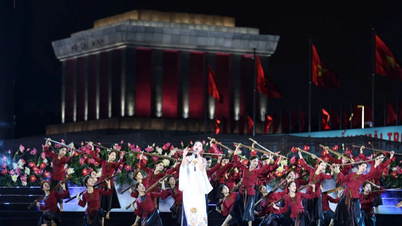

![[Photo] Walking on the royal poinciana flower road in the West](https://vphoto.vietnam.vn/thumb/402x226/vietnam/resource/IMAGE/2025/5/18/f9335355d0744d1593f7e36bc4c7f4b7)

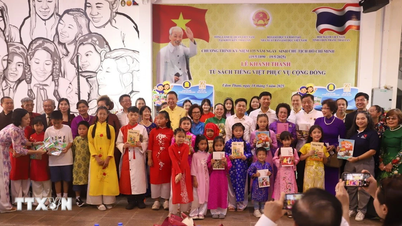

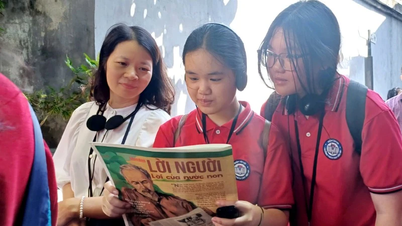









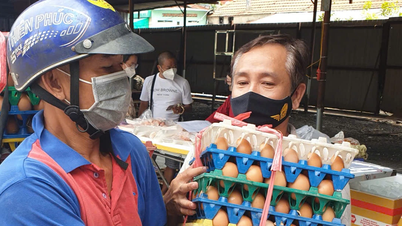




















































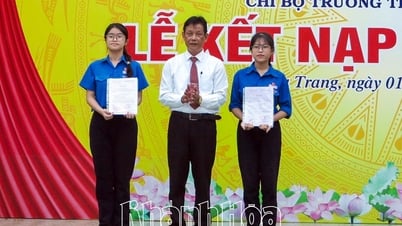
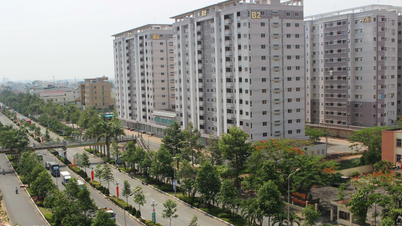












Comment (0)